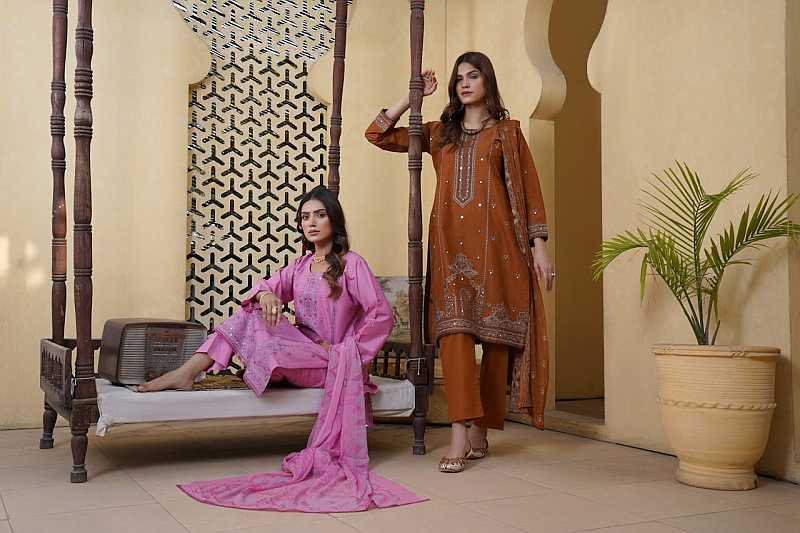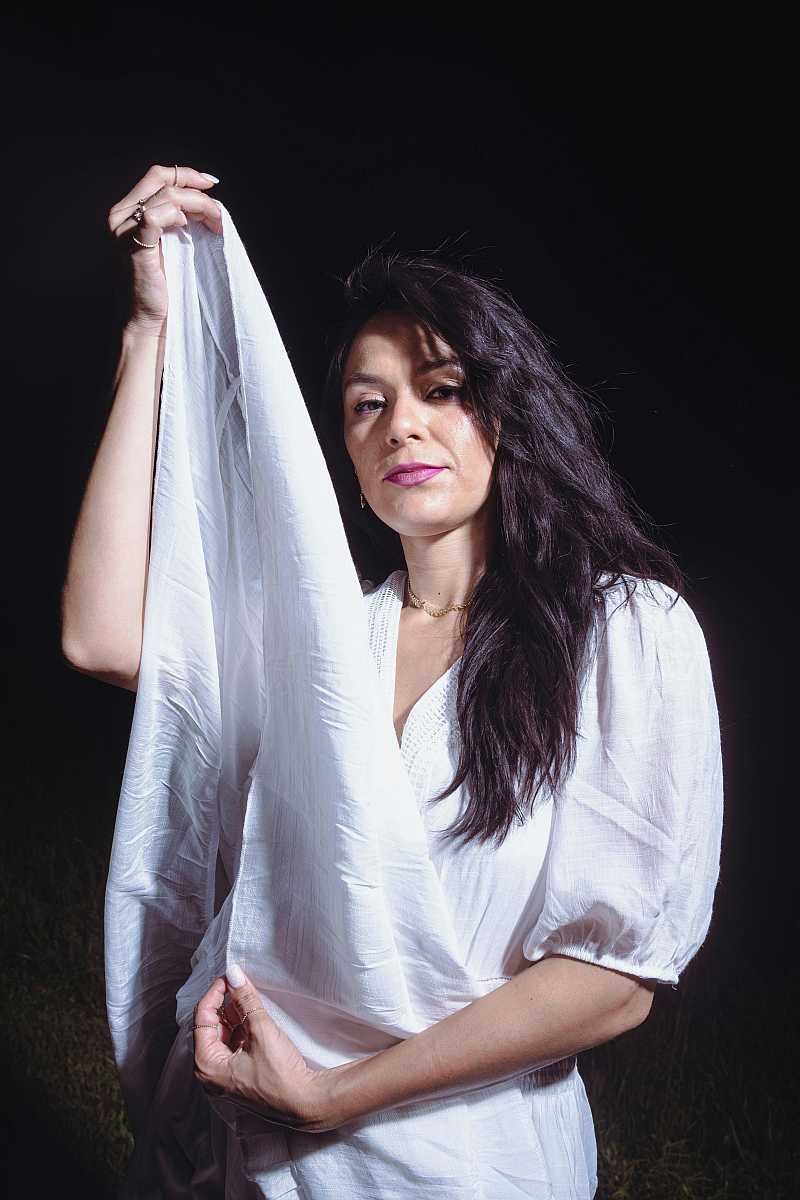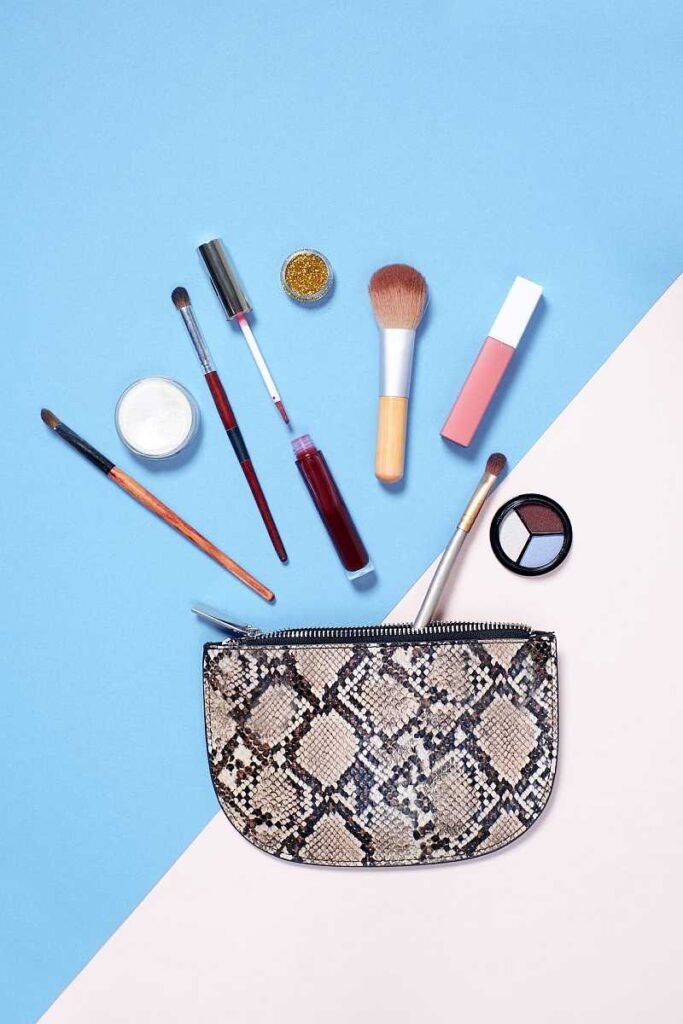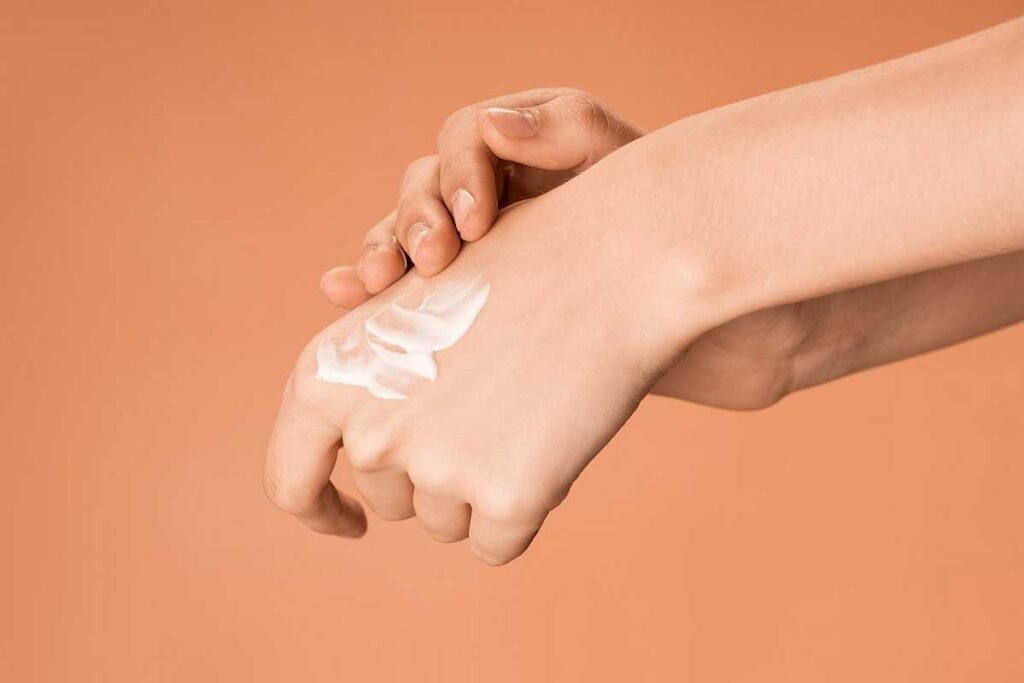As the seasons change, so does the landscape of fashion. It’s that time of year again when we eagerly anticipate the unveiling of the hottest trends that will dominate the fashion scene in 2024.
Hottest Fashion Trends of 2024
From avant-garde designs to nostalgic nods to the past, this year promises to be an exciting one for fashion enthusiasts everywhere. Join us as we delve into the latest trends that are set to make a statement in 2024.
Eco-Couture Revolution
The Eco-Couture Revolution represents a significant shift in the fashion industry towards sustainability and ethical practices. In 2024, this movement will take center stage as designers, brands, and consumers alike recognize the pressing need to address environmental concerns and reduce the negative impact of fashion on the planet.
At its core, the Eco-Couture Revolution encompasses a multifaceted approach to sustainability in fashion. This includes the use of eco-friendly materials sourced from renewable resources, such as organic cotton, hemp, bamboo, and recycled fibers.
These materials not only minimize the environmental footprint of clothing production but also offer benefits such as reduced water consumption, lower carbon emissions, and decreased reliance on harmful chemicals.

Furthermore, designers are embracing innovative techniques to minimize waste and maximize resource efficiency throughout the entire garment lifecycle.
This includes the adoption of zero-waste patterns, where fabric is strategically cut to minimize leftover scraps, as well as the implementation of closed-loop production systems that recycle and repurpose materials at the end of their lifespan.
One of the key pillars of the Eco-Couture Revolution is the concept of upcycling, where discarded or unused materials are transformed into new garments or accessories. This not only diverts waste from landfills but also adds a unique and artisanal element to fashion, as each piece tells a story of its own origins and journey.
In addition to materials, ethical practices such as fair labor standards, transparency in the supply chain, and support for local artisans and communities are integral to the Eco-Couture Revolution.
By prioritizing the well-being of workers and fostering positive social impact, fashion brands are not only reducing harm but also contributing to the creation of a more equitable and sustainable industry.
Biodegradable accessories also play a significant role in the Eco-Couture Revolution, offering an alternative to traditional materials that can linger in landfills for centuries.
From bioplastic sunglasses to plant-based leather alternatives, designers are exploring innovative ways to create accessories that are both stylish and environmentally friendly, without sacrificing quality or durability.
Overall, the Eco-Couture Revolution represents a paradigm shift in the fashion industry, where sustainability and style go hand in hand. By embracing eco-friendly materials, ethical practices, and innovative techniques, designers are paving the way for a more sustainable and responsible future for fashion, one garment at a time.
Maximalist Minimalism
Maximalist minimalism is a concept that may seem contradictory at first glance, but it’s all about merging two seemingly opposing styles to create a harmonious and striking aesthetic.
At its core, minimalism emphasizes simplicity, clean lines, and a pared-down approach to design. It’s about stripping away excess and focusing on the essential elements of a garment or space. On the other hand, maximalism celebrates abundance, opulence, and boldness. It’s characterized by vibrant colors, intricate patterns, and luxurious textures.
When these two styles intersect, something truly unique emerges. In the context of fashion, maximalist minimalism takes the foundational principles of minimalism—clean lines, neutral palettes, and understated silhouettes—and infuses them with unexpected elements of maximalism.

Picture a classic minimalist ensemble—a tailored blazer paired with tailored trousers in a neutral color palette. Now, imagine this ensemble elevated with maximalist touches. The blazer might feature oversized pockets adorned with ornate buttons, while the trousers boast exaggerated cuffs or a statement belt buckle.
These bold accents add an element of intrigue and visual interest to an otherwise simple and understated outfit.
Similarly, in maximalist minimalism, a basic white shirt might be reimagined with avant-garde draping or asymmetrical hemlines, adding a dynamic twist to a timeless staple. Accessories like oversized earrings or chunky necklaces can further enhance the maximalist vibe, injecting personality and flair into an otherwise minimalist look.
Overall, maximalist minimalism encourages experimentation and creativity, inviting fashion enthusiasts to push the boundaries of traditional minimalist design while embracing the richness and complexity of maximalist aesthetics.
It’s about finding the perfect balance between restraint and extravagance, resulting in outfits that are visually captivating, yet effortlessly chic.
Tech-Inspired Textiles
In an era defined by rapid technological advancement, it was only a matter of time before innovation made its mark on the fashion industry. Enter tech-inspired textiles—a cutting-edge trend that seamlessly merges fashion with function to create garments that not only look good but also serve a purpose.
Futuristic Fabrics
At the forefront of this trend are futuristic fabrics engineered to enhance the wearer’s experience in ways previously unimaginable. These textiles go beyond mere aesthetics, offering practical benefits that cater to the demands of modern life.
Imagine garments crafted from smart materials that adjust to the body’s temperature, providing optimal comfort regardless of the external environment. Whether it’s a scorching summer day or a chilly winter evening, these fabrics adapt to keep you feeling cool or cozy, all while maintaining a stylish appearance.

UV Protection
With concerns about sun exposure on the rise, UV-protective clothing has become a staple in many wardrobes. In 2024, tech-inspired textiles take sun protection to the next level with fabrics that boast built-in UV-blocking properties.
Say goodbye to slathering on sunscreen every few hours—now, you can step out in style knowing that your clothing offers reliable protection against harmful UV rays. Whether you’re lounging on the beach or strolling through the city streets, these garments have you covered, literally and figuratively.
Smart Sensors
The integration of smart sensors into clothing opens up a world of possibilities for personalized fashion experiences. Imagine a workout shirt equipped with sensors that track your heart rate, calories burned, and workout intensity in real-time.
Or perhaps a pair of jeans embedded with sensors that monitor your posture and offer gentle reminders to sit up straight. These garments not only provide valuable data for optimizing performance and health but also blur the line between fashion and technology in a truly innovative way.
Sustainable Solutions
In addition to offering functional benefits, tech-inspired textiles are paving the way for more sustainable fashion practices. From fabrics made from recycled materials to garments designed for longevity and durability, these textiles prioritize environmental consciousness without compromising on style or performance.
By harnessing the power of technology, designers are finding innovative solutions to minimize waste, reduce carbon footprint, and create a more sustainable future for fashion.
Customization and Personalization
Finally, tech-inspired textiles enable unprecedented levels of customization and personalization in fashion. Whether it’s through 3D printing, digital weaving, or smart textiles, designers have the tools to create clothing that is tailored to the individual preferences and needs of each wearer.
From adjustable fits to customizable color schemes, these garments empower consumers to express their unique style in a way that feels truly authentic and personal.
Tech-inspired textiles represent a bold new frontier in fashion, where innovation and creativity converge to redefine the possibilities of clothing.
From futuristic fabrics that enhance comfort and performance to smart sensors that track biometrics in real-time, these textiles offer a glimpse into the future of fashion—one where style and function go hand in hand, powered by the latest advancements in technology.
Nostalgic Nods
“Nostalgic Nods” in fashion refers to the phenomenon where designers draw inspiration from past decades and incorporate elements of retro aesthetics into their contemporary designs. It’s about paying homage to bygone eras while infusing them with a modern twist, creating a fusion of old and new that resonates with today’s fashion sensibilities.
In the realm of fashion, nostalgia often manifests through iconic styles, trends, and cultural movements from previous decades. For instance, the resurgence of ’90s-inspired streetwear brings back the bold colors, oversized silhouettes, and sporty influences that defined that era.
Think baggy jeans, graphic tees, and chunky sneakers reminiscent of the golden age of hip-hop and street culture.
Similarly, ’70s bohemian chic makes a comeback with its free-spirited vibes, flowing silhouettes, and earthy tones. Fringed vests, floral prints, and wide-leg pants evoke the carefree attitude of the hippie movement, reimagined for the modern bohemian fashionista.
What sets these nostalgic nods apart is the reinterpretation of vintage elements in a contemporary context. Designers inject fresh energy into retro styles by experimenting with fabrics, cuts, and styling techniques, breathing new life into timeless classics.
It’s not just about replicating the past but reinventing it for the present, creating a seamless blend of nostalgia and innovation.
For fashion enthusiasts, embracing nostalgic nods means channeling their favorite fashion icons and cultural references from decades past while adding a personal touch.
Whether it’s rocking a retro-inspired outfit with a modern twist or mixing vintage pieces with contemporary staples, it’s all about celebrating the enduring allure of vintage fashion in today’s ever-evolving style landscape.
In essence, “nostalgic nods” invite us to revisit the past with a fresh perspective, embracing the nostalgia of yesteryears while embracing the possibilities of the present.
It’s a journey through time where fashion becomes a bridge between generations, connecting us to the collective memory of fashion history while paving the way for new sartorial adventures.
Gender Fluidity
Gender fluidity in fashion represents a significant shift away from rigidly defined gender roles and toward a more inclusive and diverse approach to clothing and self-expression. In 2024, this concept is not just a trend but a fundamental movement within the fashion industry.
Traditionally, clothing has been designed and marketed based on binary gender categories, with distinct lines drawn between what is considered masculine and feminine attire. However, gender fluidity challenges these conventions by recognizing that clothing does not inherently belong to one gender or another.
Instead, it emphasizes the freedom for individuals to express themselves authentically, regardless of societal expectations or norms associated with their gender identity.
One way this is manifested is through the rise of gender-neutral clothing lines, which offer styles that are not specifically tailored to fit traditional male or female bodies. These lines often feature versatile pieces that can be worn by anyone, regardless of gender identity, promoting a sense of inclusivity and accessibility within the fashion industry.
Furthermore, androgynous silhouettes have gained popularity as a means of blurring the lines between traditionally masculine and feminine aesthetics. These styles incorporate elements from both ends of the gender spectrum, resulting in garments that defy categorization and allow individuals to express themselves in ways that feel authentic to their personal identity.
Overall, the embrace of gender fluidity in fashion represents a broader cultural shift toward greater acceptance and celebration of individuality.
By breaking down barriers and challenging traditional notions of gender, fashion becomes a powerful tool for self-expression and empowerment, enabling individuals to embrace their true selves and express their unique identity through the clothes they wear.

Artisanal Craftsmanship
Artisanal craftsmanship represents a return to the roots of fashion, emphasizing the artistry, skill, and dedication of talented artisans. In today’s fast-paced world of mass production and disposable fashion, artisanal craftsmanship stands out as a symbol of authenticity and quality.
In the realm of artisanal craftsmanship, every garment tells a story. From the initial design concept to the final stitch, each piece is imbued with the passion and expertise of skilled artisans who pour their heart and soul into their craft.
Handcrafted details, such as intricate embroidery, delicate beading, or hand-sewn embellishments, add a unique touch that simply cannot be replicated by machines.
Moreover, artisanal craftsmanship celebrates the beauty of imperfection. Unlike mass-produced garments that adhere to rigid standards of uniformity, handmade pieces often bear subtle variations that highlight their artisanal origins.
These imperfections serve as a testament to the human touch behind each creation, adding character and charm to every piece.
Beyond the aesthetic appeal, artisanal craftsmanship also carries significant cultural and social significance. Many traditional techniques passed down through generations are at risk of being lost in the face of modernization and globalization.
By supporting artisans who keep these age-old techniques alive, we not only preserve cultural heritage but also empower communities and promote sustainable practices.
Embracing the beauty of craftsmanship means valuing quality over quantity, investing in pieces that stand the test of time rather than succumbing to fleeting trends. It’s about forging a deeper connection with the garments we wear, understanding the stories woven into their fabric, and appreciating the artistry behind their creation.
In a world where fast fashion reigns supreme, artisanal craftsmanship offers a refreshing alternative—a reminder of the beauty that lies in the hands of skilled artisans and the enduring value of craftsmanship in a rapidly changing world. So let’s celebrate the artisans, cherish their creations, and embrace the timeless allure of artisanal craftsmanship in fashion.
Virtual Fashion Experiences
In the dynamic landscape of fashion, the integration of technology has revolutionized the way consumers interact with brands and experience the latest trends. Virtual fashion experiences, a burgeoning trend in 2024, encompass a range of digital initiatives aimed at providing immersive and interactive engagements for fashion enthusiasts.
Immersive Virtual Runway Shows
Traditionally confined to exclusive venues and limited audiences, fashion runway shows are now accessible to a global audience through immersive virtual experiences.
Utilizing advanced technologies such as virtual reality (VR) and augmented reality (AR), fashion brands create digital replicas of their runway shows, allowing viewers to virtually attend and experience the spectacle from the comfort of their own homes.
Through 360-degree views and interactive features, viewers can explore every detail of the collection, gaining a front-row seat to the latest trends and designs.
Interactive Shopping Experiences
Virtual fashion experiences extend beyond the runway, offering consumers innovative ways to shop for clothing and accessories. Virtual shopping platforms leverage AR technology to provide shoppers with virtual try-on capabilities, allowing them to visualize how garments will look and fit before making a purchase.
Additionally, interactive features such as live chat with virtual stylists and personalized recommendations enhance the shopping experience, simulating the personalized assistance of a brick-and-mortar boutique in a digital environment.
Furthermore, virtual showrooms and pop-up events enable brands to showcase their collections in a virtual space, fostering a sense of exclusivity and excitement among consumers.
Digital Fashion Shows and Events
In response to the evolving landscape of fashion events, many brands are embracing digital formats for their fashion shows and events. Digital fashion weeks and virtual showcases allow designers to reach a wider audience while minimizing the environmental impact associated with traditional fashion events.
Through livestreams, behind-the-scenes footage, and interactive Q&A sessions, fashion enthusiasts can engage with designers and industry experts in real-time, gaining insight into the creative process and the inspiration behind each collection.
Customization and Personalization
Virtual fashion experiences empower consumers to personalize their interactions with brands, creating a sense of ownership and connection. Customization tools allow users to design their own garments, selecting fabrics, colors, and styles to create unique pieces that reflect their individual tastes and preferences.
Virtual fitting rooms utilize body scanning technology to generate accurate measurements, ensuring a perfect fit for online purchases and reducing the need for returns. By offering personalized experiences tailored to the needs of each consumer, brands can foster loyalty and strengthen their relationships with customers.
Virtual fashion experiences represent a transformative shift in the fashion industry, leveraging technology to redefine the way consumers engage with brands and experience the latest trends.
By embracing innovation and creativity, fashion brands can create immersive and interactive digital experiences that captivate audiences, drive sales, and shape the future of fashion.
Conclusion
The hottest fashion trends of 2024 are a testament to the ever-evolving nature of style and creativity. From sustainability and innovation to nostalgia and self-expression, this year’s trends offer something for everyone to embrace and make their own.
So, whether you’re a trendsetter or a style enthusiast, get ready to step into the future of fashion and make a statement that’s uniquely yours.




